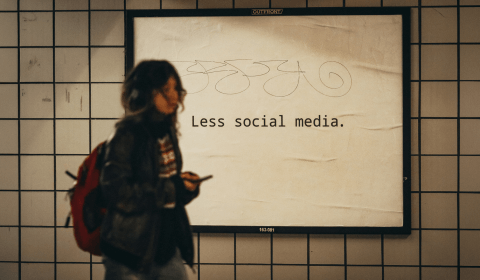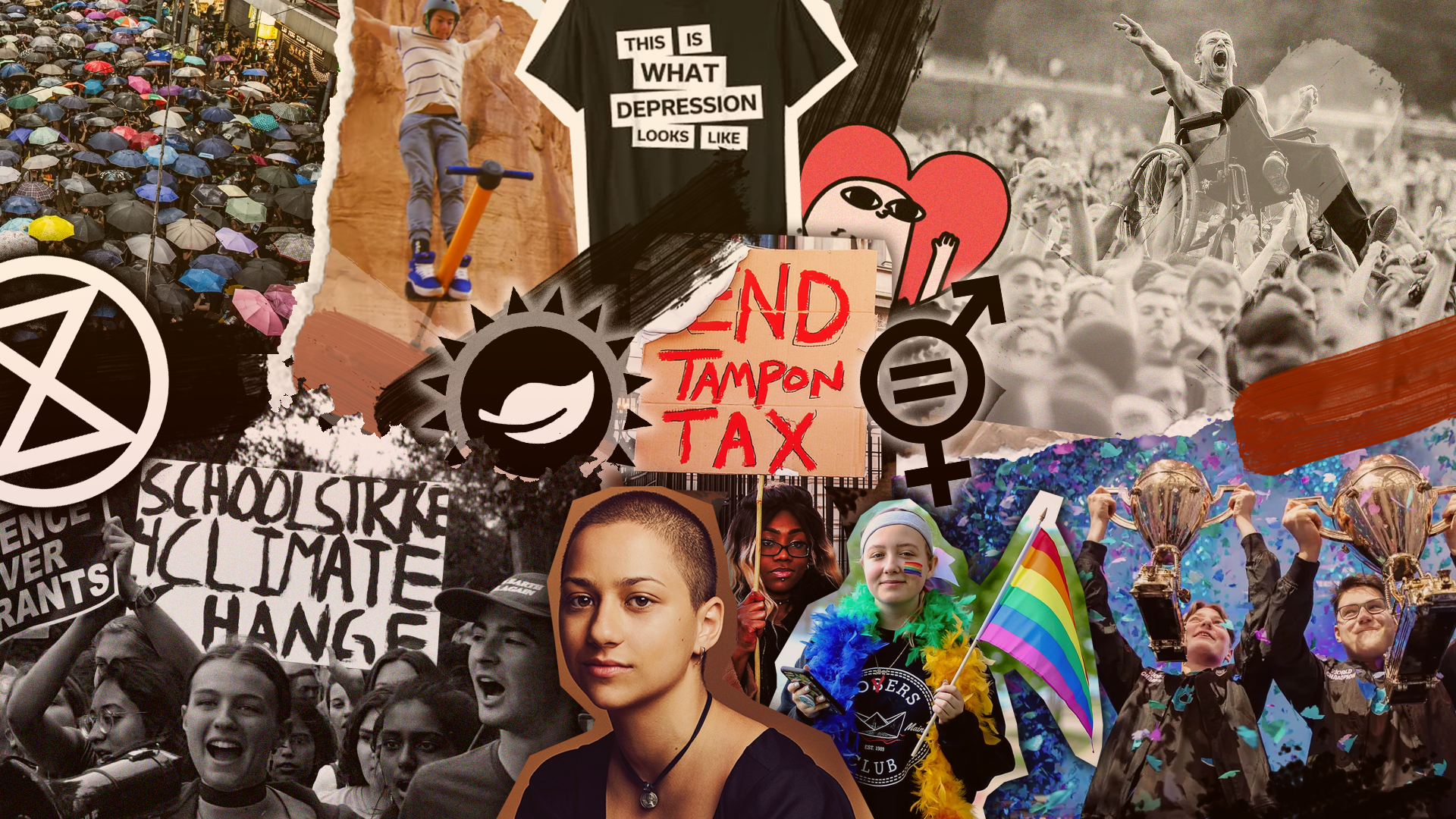Online fame has largely correlated to how much a creator was willing to expose of themselves online. Now, faceless influencers have entered the game – and their anonymity is part of their allure.
Social media and influencer culture have always encouraged creators to showcase their personal identity, but the last year has seen a unique trend emerging.
That is, the faceless influencer.
Techniques used by the ‘faceless influencer’ go against the traditional content we’re used to, whereby recognisable individuals with long-standing followings recommend products and experiences by talking directly into the camera for audiences online.
Faceless content creators, by contrast, post with their face carefully concealed by their phone, camera, or out of frame entirely. Most of the time, they do not even speak.
It’s a far cry from what we’re used to seeing from influencers, so much so that it’s hard to believe it has even worked. But the number of faceless influencers is continuing to grow – and so is the list of brands looking to work with them.
View this post on Instagram
Why is this trend taking off?
It’s no secret that being a digital content creator is one of the most sought after careers of the 21st century.
More than half of young people say they would like to be an influencer, and as many as 41 percent of adults say they would choose the career as well.
However, many people are concerned about the lack of privacy this kind of job affords those who venture into it, and are deterred by the ‘always on’ culture that successful content creators are forced into.
Going ‘faceless’ enables aspiring social media moguls to produce high quality content on a regular basis without being recognised in public or risking being scrutinised for their physical appearance.
As of February 2025, more than 200,000 posts on TikTok have been captioned #faceless, with a combined total of 1.1 billion views. Even on Facebook, where Gen Z users have been slow to catch on, faceless community groups have amassed over 100,000 members.
Audiences are responding too, with many faceless influencers have racked up followings in the hundreds of thousands.
View this post on Instagram





















